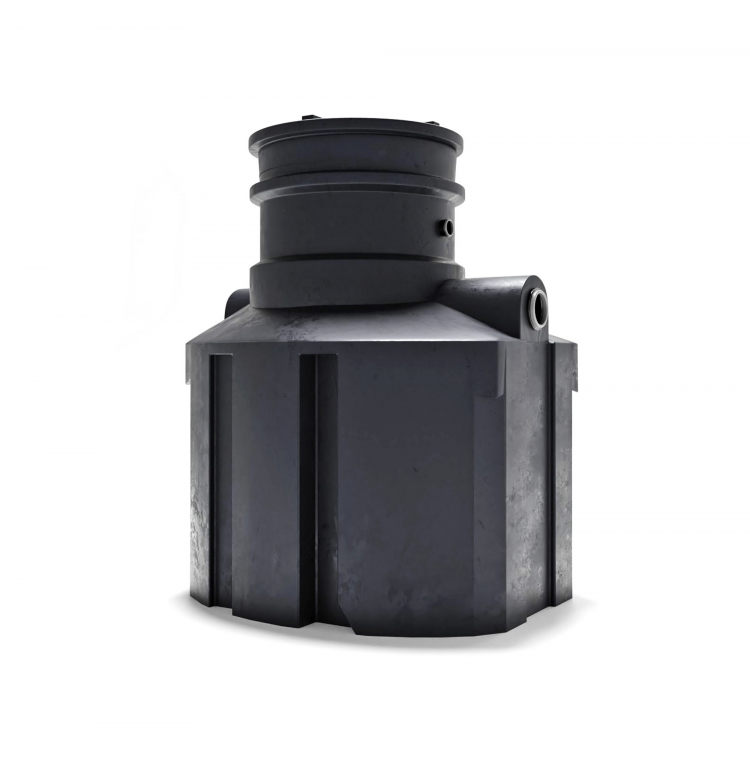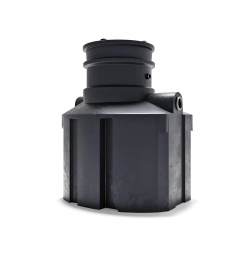- Info
- Downloads
Oil separators
Available from 1,5 l/s up to 20 l/s.
Without and with coalescent filter.
Without, with integrated and build-on mud trap.
Models to install in sand and consolidated sand.
Specifications
A hydrocarbon separator removes hydrocarbons (derivatives of crude oil) from wastewater.
In the following circumstances the installation of a hydrocarbon separator may be necessary:
In places where work is done on vehicles
On car parks
In petrol stations, car-washes, …
If the wastewater is discharged into surface water, or into artificial drainage systems of rainwater, a coalescence filter can be obligatory following local or notional legislation. The volume of the hydrocarbon separator depends on the flow rate discharged.
Operation separator
The water coming from the garage, car parks, … loaded with hydrocarbons but without the sludge, enter the tank by means of an anti-splash device. The hydrocarbons will separate from the water because their density is lower than the density of water.
They collect on the surface of the water. At the outlet of the installation a siphon with an automatic valve is installed. The automatic valve consists of a float that can move in a vertical pipe and seals at the bottom. This float has been made in such a way that it can float on the water but not on the oil. As more and more hydrocarbons collect in the tank, the water surface and of course also the float will descend. As soon as the float gets to the bottom of the tube, it will close the outlet, and no more liquid can be discharged. When this happens, the installation must be cleaned.
Operation coalescence filter
The coalescence filter consists of separate, floating carriers with a specific surface of 200 m² per m³. It enlarges the distance between in and outlet thus giving the smaller hydrocarbon particles the time necessary to separate from the water. The use of separate, floating carriers means this system can be more easily and more quickly cleaned than other systems. The filter must not be taken out of the tank where it would contaminate the surrounding area. These systems should always be equipped with a coalescence filter.
All are equipped with an adaptable riser.
Please contact our technical service to help with the calculation of the right grease separator.
Designs:
Available from 1,5 l/s up to 20 l/s.
Without and with coalescent filter.
Without, with integrated and build-on mud trap.
Models to install in sand and consolidated sand.
As an option, alarms are available. Detection of sludge level (KANA 3), oil level (KANA, KANA 1 en KANA 2) or both (KANA 4).
Certification:
CE: according to EN 858-1 class I
CE: according to EN 858-1 class II
Because of the too extensive range we have, we ask you to download the specifications below .
Downloads
- Catalogue hydrocarbon separators
- Range hydrocarbon separators consolidated sand
- Range hydrocarbon separators sand
- Application form hydrocarbon separators
- Manual KANA
- Manual KANA 1
- Manual KANA 2
- Manual KANA 3
- Manual KANA 4
- Manual GSM module
- CE certificat Hydrocarbon separators class I - 1,5-6 l/s
- CE certificat Hydrocarbon separators class I - 8-20 l/s
- CE certificat Hydrocarbon separators class I - with bypass
- CE certificat Hydrocarbon separators class II - 1,5-6 l/s
- CE certificat Hydrocarbon separators class II - 8-20 l/s
- Data sheet Hermelock




